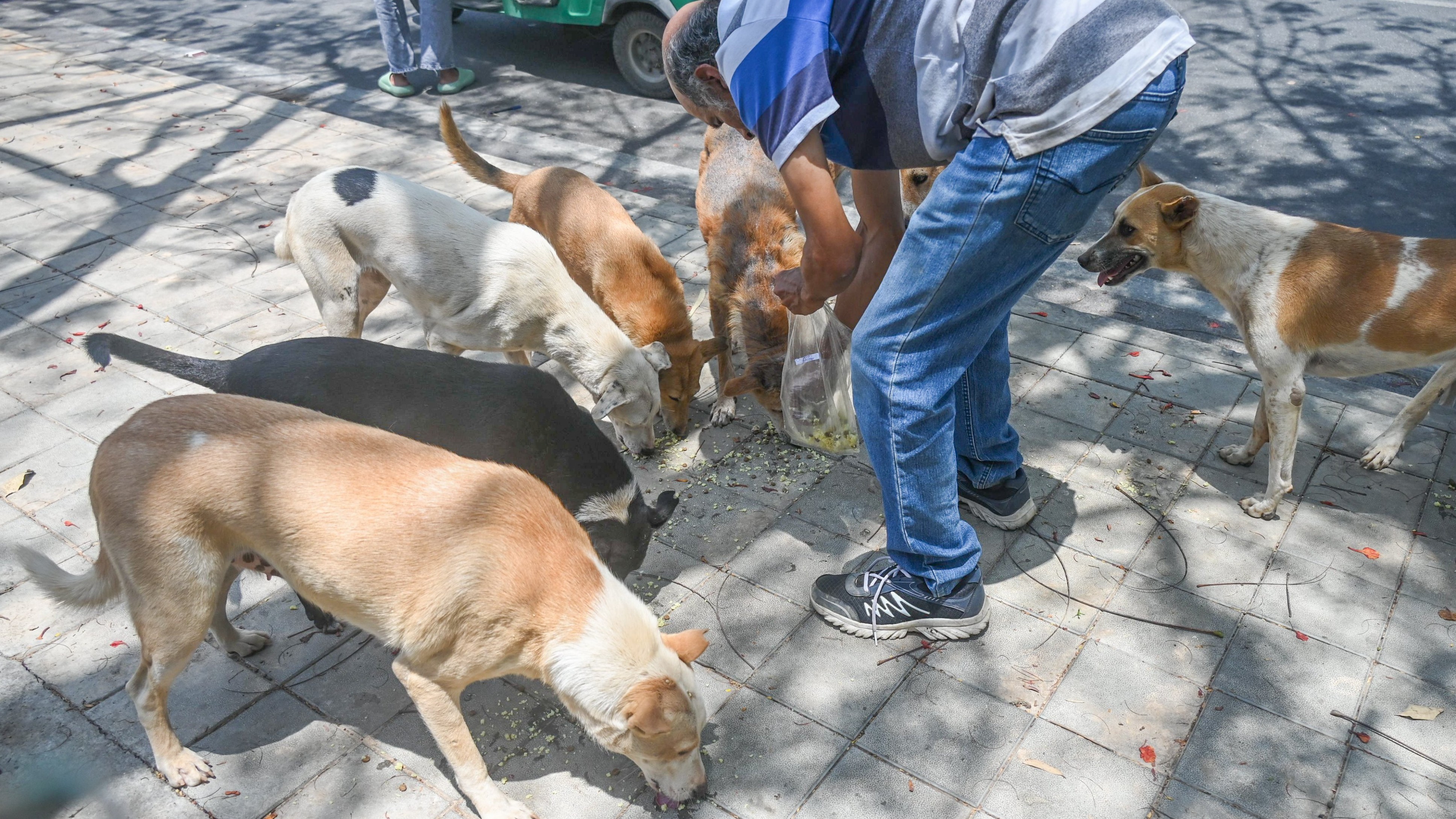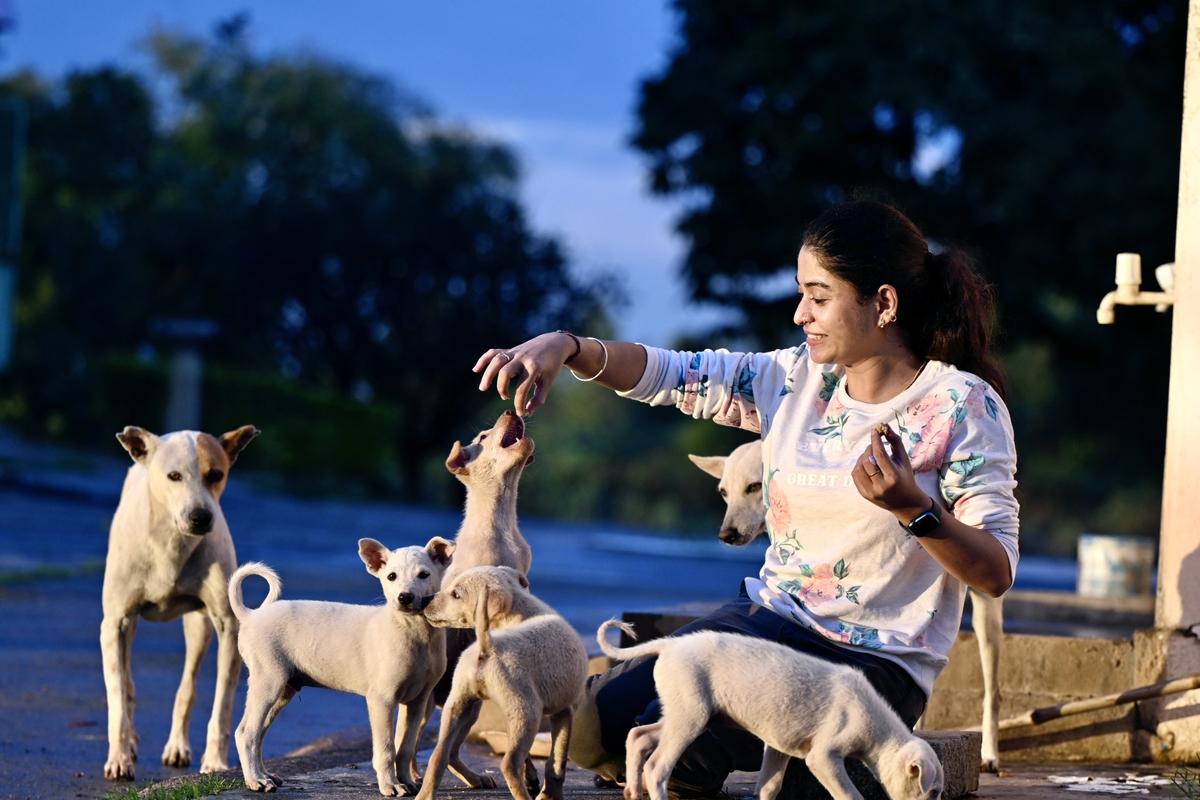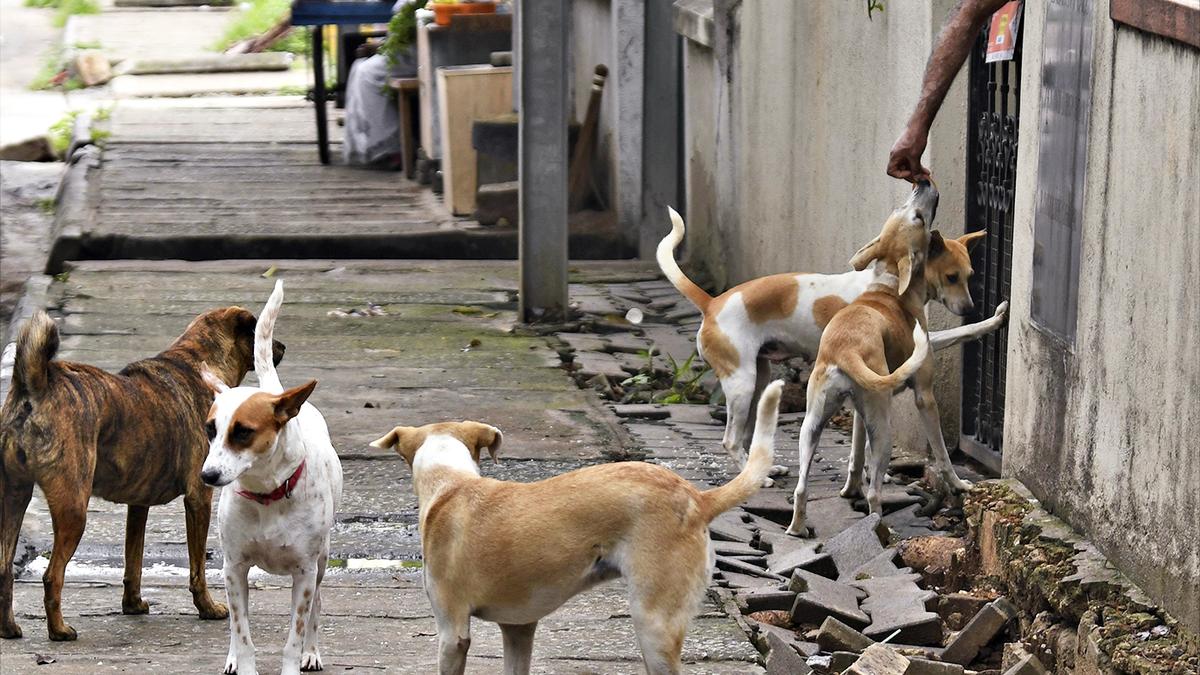Bengaluru’s ambitious plans to implement city-wide stray dog feeding zones and microchipping initiatives have encountered significant hurdles, leaving animal welfare groups and civic authorities scrambling for solutions. The Bruhat Bengaluru Mahanagara Palike (BBMP) had proposed regulated feeding spots and a systematic microchipping program to ensure the safety, health, and traceability of the city’s estimated 50,000 stray dogs. However, disagreements between municipal departments, lack of infrastructure, and resistance from local resident associations have slowed the rollout. Authorities have acknowledged the challenges and are seeking a balanced approach that addresses both public safety and animal welfare.

Animal welfare organizations have expressed frustration at the delays, noting that uncoordinated feeding and unmonitored stray populations have contributed to increasing incidents of dog bites and road accidents. Microchipping was seen as a tool to track and manage stray dogs, monitor vaccinations, and identify repeat offenders or areas requiring intervention. Experts warn that the absence of a unified plan could undermine ongoing efforts to improve urban hygiene, reduce rabies risks, and ensure responsible pet ownership. Volunteers have highlighted difficulties in accessing municipal approvals for feeding zones and acquiring resources for microchipping drives.
Residents in several neighborhoods have raised objections to proposed feeding points, citing hygiene concerns, stray dog congregation, and noise complaints. Civic authorities are now tasked with mediating between local communities and welfare groups to ensure that feeding points are established in appropriate locations. BBMP officials emphasized the importance of community cooperation, strategic planning, and public awareness campaigns to minimize conflicts and encourage responsible participation. Without such collaboration, the microchipping and feeding initiatives risk partial implementation, leaving many stray dogs unmonitored.
Infrastructure and Resource Challenges
The BBMP lacks adequate veterinary infrastructure and trained personnel to handle large-scale microchipping across Bengaluru.
Ensuring regular feeding, vaccination, and monitoring requires investment in mobile units and local coordination.

Public Cooperation and Policy Alignment
Resident associations’ concerns over hygiene and safety need careful balancing with animal welfare objectives.
Authorities are exploring awareness campaigns and community engagement programs to improve cooperation and minimize conflict.
Animal welfare activists argue that delays could exacerbate health risks for both humans and animals, particularly in areas with high stray dog density. Microchipping was intended to create a centralized database, helping authorities track immunization status and plan sterilization drives efficiently. Officials noted that the current impasse underscores the need for policy clarity, inter-departmental coordination, and dedicated funding for sustainable urban animal management programs. Without these measures, Bengaluru risks perpetuating uncontrolled stray dog populations, public complaints, and heightened disease transmission risks.
Veterinary experts have also stressed the importance of integrating the stray dog management program with citywide health initiatives. They advocate for combining microchipping with sterilization, vaccination against rabies, and awareness campaigns about responsible pet ownership. Coordinated planning is necessary to ensure that interventions are effective, humane, and accepted by the public. Municipal authorities are considering pilot programs in select zones to test the feasibility of feeding and microchipping strategies before scaling up citywide.
The delay in implementing the microchipping program has also raised concerns among animal rights organizations about accountability. Without proper identification, stray dogs are often blamed for incidents they did not cause, leading to unnecessary culling or harassment. Welfare groups argue that microchipping will provide transparency, ensure responsible management, and protect both animals and citizens from potential conflicts. Authorities have pledged to address these concerns, but logistical and bureaucratic hurdles remain.
BBMP officials stated that engagement with local NGOs, veterinary colleges, and corporate CSR partners could help overcome resource shortages. By collaborating with external stakeholders, authorities hope to mobilize trained volunteers, secure funding for microchipping equipment, and establish sustainable feeding zones. Pilot programs could demonstrate effectiveness, allowing adjustments before a full-scale rollout across Bengaluru’s urban and peri-urban areas.
Community participation is being recognized as a critical factor for success. Officials are planning workshops, public meetings, and digital campaigns to educate citizens about safe interaction with stray dogs, reporting protocols, and the benefits of regulated feeding zones. Advocates believe that informed communities are more likely to cooperate with authorities and welfare organizations, enabling smoother implementation of both microchipping and feeding programs.
Veterinary professionals have highlighted that microchipping is not a standalone solution but must be part of a broader integrated approach. Combining sterilization drives, vaccination schedules, and proper nutrition will improve canine health and reduce aggressive behavior. Authorities are reviewing international best practices from cities with successful stray dog management programs to design a system tailored to Bengaluru’s urban challenges.
The delays have sparked discussions on legislative clarity regarding urban animal management. Some activists suggest stricter enforcement of animal welfare laws, along with incentives for community participation, to streamline stray dog care initiatives. Authorities are considering revisions to municipal guidelines to provide a legal framework for feeding zones, microchipping mandates, and coordinated sterilization efforts.
Meanwhile, residents continue to report issues with stray dogs, including road accidents and occasional aggressive behavior. Authorities have urged citizens to cooperate with welfare groups, report problem areas, and avoid unregulated feeding practices that may concentrate dog populations near homes and public spaces. Community engagement remains central to achieving a balance between human safety and animal welfare.

BBMP is exploring technological solutions, such as mobile apps and GPS tracking, to complement microchipping efforts. These tools could enable real-time monitoring of stray dog movements, vaccination status, and feeding schedules. Officials believe that digital integration could enhance efficiency, improve accountability, and provide data-driven insights for long-term planning of urban animal management strategies.
Experts emphasize that the current roadblocks highlight systemic issues in urban animal management in India. Sustainable solutions require coordination between municipal authorities, veterinary professionals, NGOs, and local communities. Pilot projects, clear policies, adequate funding, and community awareness are necessary to ensure that Bengaluru’s stray dog programs are implemented effectively, humanely, and inclusively.
The situation underscores the need for policy innovation and civic engagement. Authorities and welfare organizations must strike a balance between public safety, animal rights, and community participation. Without a coordinated and well-resourced approach, Bengaluru risks partial or ineffective implementation of stray dog feeding and microchipping initiatives, prolonging human-animal conflicts in the city.
Officials have stressed that feedback mechanisms and grievance redressal systems will be crucial for managing community concerns. Resident complaints about hygiene, safety, and noise will be addressed through consultations and adaptive management of feeding zones. This participatory approach is expected to reduce resistance, enhance cooperation, and ensure that stray dog management initiatives achieve their intended goals.
Finally, Bengaluru’s stray dog feeding and microchipping programs, though stalled, represent a critical step toward humane and sustainable urban animal management. Authorities are committed to overcoming logistical, legal, and social challenges to implement a system that protects public safety while promoting animal welfare. Success will depend on collaboration, awareness, and careful planning to ensure a balanced and effective outcome.
Authorities in Bengaluru are now considering phased implementation of the feeding and microchipping programs to address logistical challenges. Pilot zones in selected wards are being evaluated to test effectiveness, monitor community response, and identify operational gaps. Officials believe that gradual expansion based on pilot results will allow for better resource allocation, smoother coordination, and higher community acceptance, ensuring long-term sustainability of the initiatives.
BBMP has highlighted the need for additional veterinary staff to manage microchipping and vaccination drives efficiently. Existing personnel are overstretched, leading to delays and incomplete coverage. Collaborations with veterinary colleges and NGOs are being explored to provide trained personnel, mobile clinics, and equipment support to ensure timely and humane handling of stray dogs during the microchipping process.
Community sensitization programs are being intensified to reduce conflicts between residents and stray dogs. Awareness campaigns focus on responsible feeding practices, avoidance of aggressive interactions, and reporting channels for problem animals. Authorities stress that informed communities are essential for maintaining public safety and supporting welfare-driven management strategies that benefit both humans and animals.
Funding constraints remain a significant hurdle for comprehensive city-wide implementation. Authorities are exploring public-private partnerships, corporate social responsibility (CSR) funding, and NGO support to finance equipment, staffing, and operational costs. Effective resource mobilization is seen as critical to sustaining feeding zones, microchipping drives, and associated veterinary services over the long term.
Data collection and monitoring mechanisms are being strengthened to ensure accountability and track progress. Digital tracking of microchipped dogs, vaccination status, and feeding schedules is being integrated with municipal databases. Officials believe that accurate, real-time data will enable better planning, timely interventions, and evidence-based decision-making in stray dog management programs.
Authorities emphasize that cooperation between residents, animal welfare groups, and municipal bodies is essential to overcome existing roadblocks. Transparent communication, participatory decision-making, and adaptive management strategies are being prioritized to ensure humane, effective, and community-supported implementation of Bengaluru’s stray dog feeding and microchipping initiatives.
BBMP officials are exploring the use of mobile veterinary units to reach stray dogs in densely populated or inaccessible areas. These units would provide on-site microchipping, vaccination, and basic medical care, reducing the need to transport animals and ensuring wider coverage while minimizing stress for the animals and disruption to residents.
Authorities are also considering a grievance redressal system for residents and welfare groups to report issues, suggest improvements, and provide feedback on feeding zones and microchipping drives. This participatory mechanism is expected to foster accountability, improve implementation, and build trust between the community, municipal authorities, and animal welfare organizations.
Follow: Karnataka Government
Also read: Home | Channel 6 Network – Latest News, Breaking Updates: Politics, Business, Tech & More

